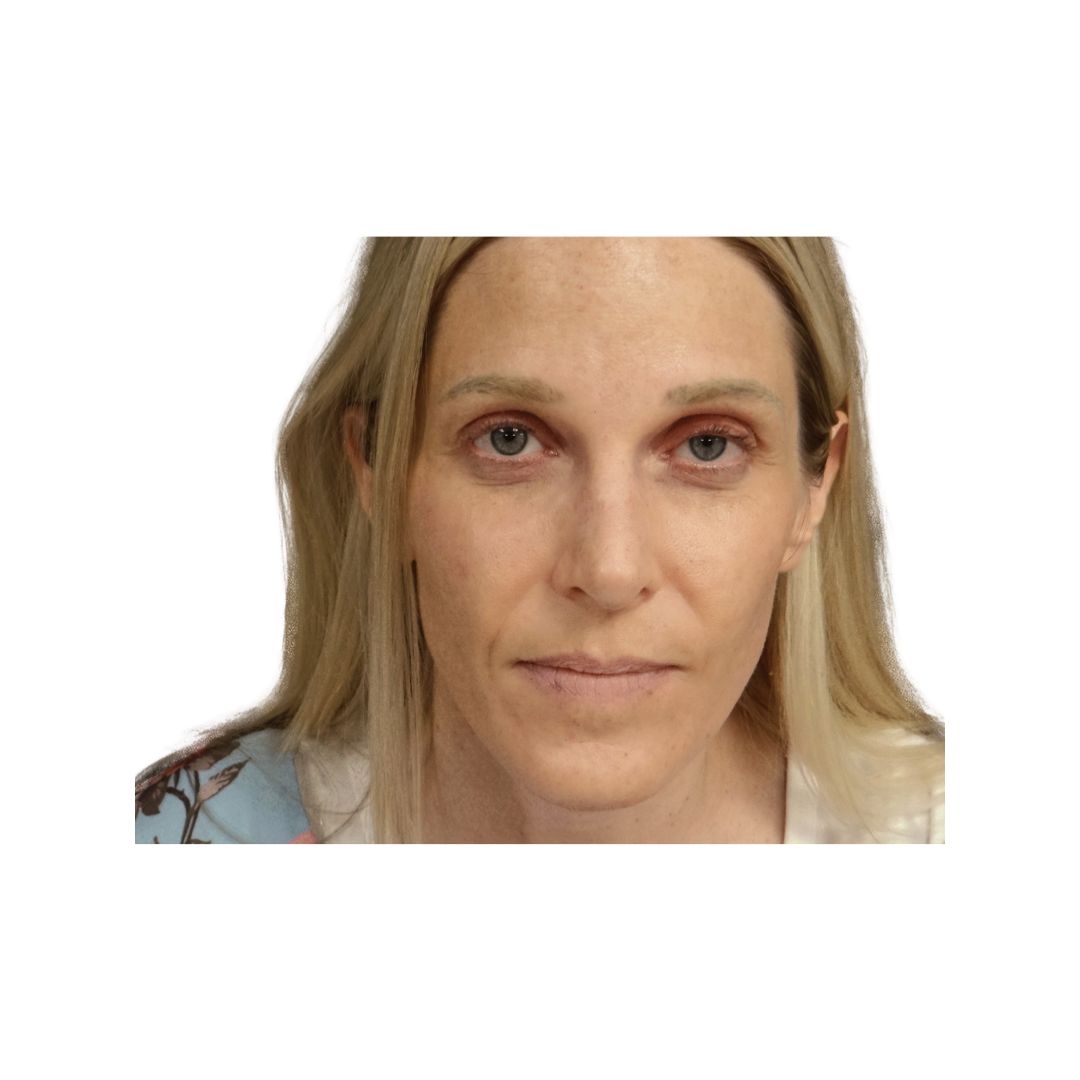RF Treatments
 Radiofrequency therapy has become increasingly popular for skin tightening. New companies and devices enter the market more and more frequently, all touting safe and effective modalities for skin rejuvenation ranging from improving elasticity, reducing or elimination of wrinkles, and even reducing pore size. Some even claim to perform non-surgical facelifts. But how well do these devices work? And are they truly safe and without unwanted side effects?
Radiofrequency therapy has become increasingly popular for skin tightening. New companies and devices enter the market more and more frequently, all touting safe and effective modalities for skin rejuvenation ranging from improving elasticity, reducing or elimination of wrinkles, and even reducing pore size. Some even claim to perform non-surgical facelifts. But how well do these devices work? And are they truly safe and without unwanted side effects?
Before we answer this question, let us dive into the technology behind these machines. Radiofrequency (RF) is generally used as a non-ablative skin rejuvenation treatment. Non-ablative therapies injure tissue below the surface of the skin with energy, and in turn, prompt the body to respond by depositing new collagen. Injury is generated by heat. This process whereby energy (in the form of heat) is delivered to tissue resulting in cellular damage is called thermolysis. The new collagen deposited from this process along with tissue regeneration can very well cause skin tightening, and in turn, reduce fine lines. Many devices are effective in this regard. To what extent these devices are effective are somewhat unpredictable, since they ultimately rely on the individual receiving the treatment to develop a tissue response. Factors such as age and genetics and smoking and prior sun damage all factor into the final outcome.
So what about fat loss? Does RF cause fat loss, or fat “atrophy”? And if so, why? And what if it happens – is it reversible? Before we answer these questions, let’s discuss the role of facial fat in aesthetics. Fat in the face is youthful appearing. To better understand this concept, consider a baby’s face. How would you describe it? Perhaps, a ball of fat? Now consider an octogenarian. An eighty eight year old woman or man, despite his or her weight, will own a cachectic, skeletonized face. With age, tissue wrinkles and descends. But that alone does not account for an aged appearance. The hallmark of an older looking face is fat loss. For an older person to look younger, all of the pulling and skin zapping in the world won’t be sufficient to turn back the hands of time. Smaller pore sizes and less wrinkles can certainly make someone look better, but does it really make one look younger? If a device indeed existed that tightened skin but removed fat, would that be rejuvenating – or aging?
The unfortunate truth is that radiofrequency can cause fat loss. The heat generated from RF can cause fat cells beneath the skin to die, referred to by some scientists as “active thermal bystander effect (ATBE). In essence, fat cells although not specifically targeted by RF, succumb to the effects of adjacent heat targeting the dermis. The fat loss from RF may not be evident for weeks to months after the treatment, and in some cases it may be so subtle that one may not be able to pin-point why they just don’t look fresher or younger after their RF session. In other cases, depressions in the face resulting from RF are far more obvious.
Fat loss when it does occur is not reversible on its own. There are no potions or lotions or lasers that can reverse the process and restore fat. The treatment for RF related fat loss is fat transfer. Fat transfer involves the removal of fat from an unwanted area such as the hips or abdomen, and transfer to the area of fat loss. Often one fat transfer session is adequate to replenish lost volume. In other cases, more than one session is required to achieve a desired outcome. Below are photos of fat transfer to the face that illustrate the youthful appearance that fat transfer offers to faces that have become hollowed out either from aging or radiofrequency.


In summary, RF is an emerging technology that may have a role in skin tightening. However, if the goal of the treatment is to look younger, then it may seem counterintuitive to have RF performed on the face since RF can in some cases, cause fat loss. For true facial rejuvenation, the primary goal of any device or technology or procedure must consider facial volume, not just pore size and fine wrinkles. Lastly, providers may refer to their devices by their name rather than their technology. It is important for patients to ask what technology is going to be delivered to their face, since many names of machines or devices or eben treatments do not spell this out.
For more information on Facial Fat Transfer, please click here.







